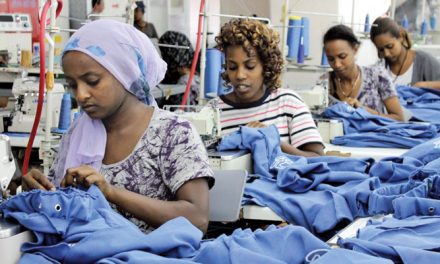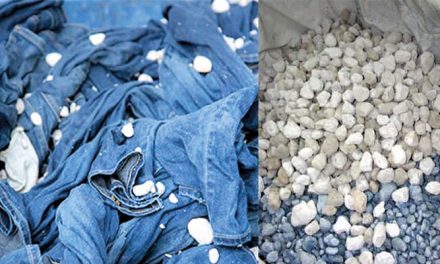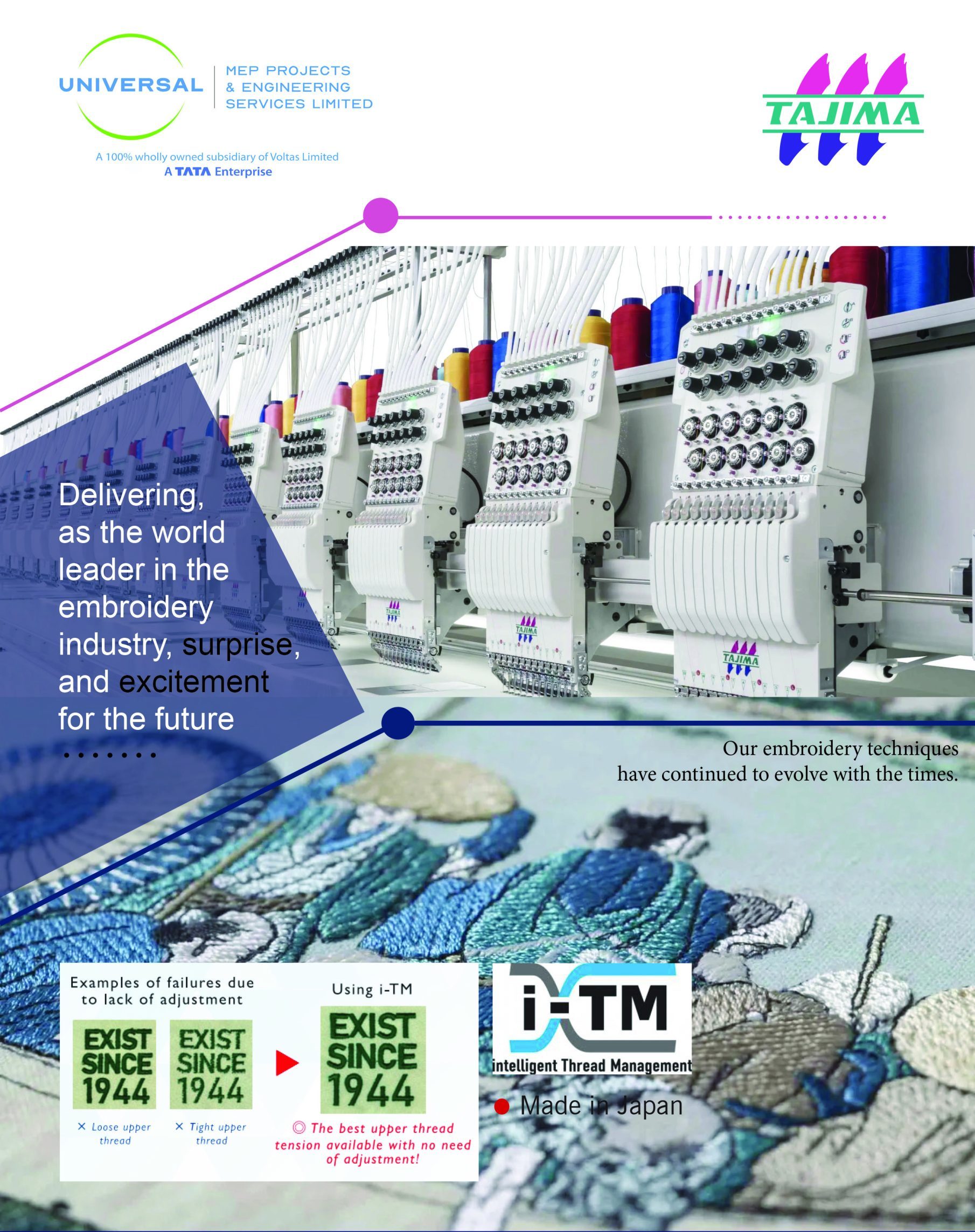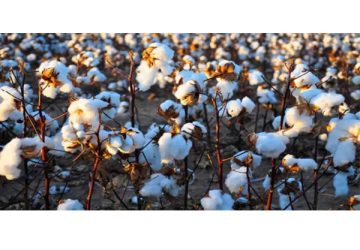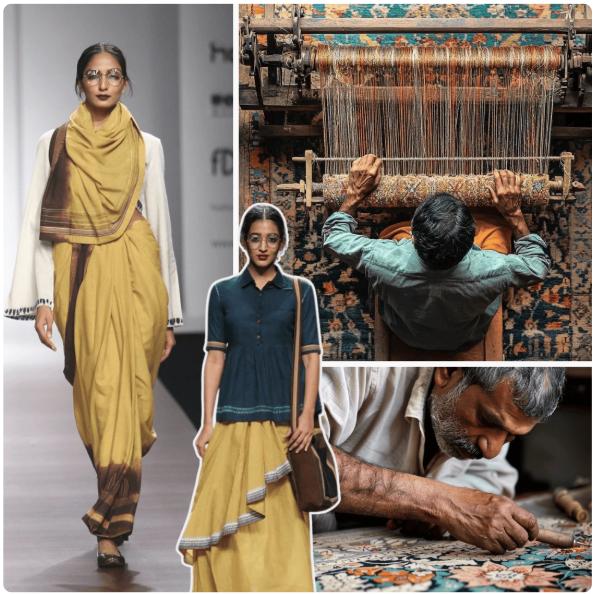 For centuries, India’s textile industry has been more than an economic engine – it has been a living, breathing expression of culture, identity, and craftsmanship. From the intricate weaves of Banarasi silk to the vibrant block prints of Rajasthan, Indian textiles have always told stories of people, places, and generations of artistry.
For centuries, India’s textile industry has been more than an economic engine – it has been a living, breathing expression of culture, identity, and craftsmanship. From the intricate weaves of Banarasi silk to the vibrant block prints of Rajasthan, Indian textiles have always told stories of people, places, and generations of artistry.
Today, those same looms are at the heart of a quiet but powerful revolution. The global fashion ecosystem is undergoing a reset, with sustainability, digital innovation, and cultural authenticity emerging as key pillars. In this new landscape, traditional Indian textiles are not fading away – they’re becoming the foundation of fashion’s future.
A New Age for Ancient Craft
What once thrived in rural clusters and artisan communities is now intersecting with modern design, technology, and global markets. Designers and brands around the world are rediscovering the value of handwoven fabrics, natural dyes, and indigenous craftsmanship – not as “alternatives,” but as aspirational mainstays.
This shift is not accidental. Conscious consumers are demanding clothing that carries meaning, not just a label. As fast fashion faces mounting criticism, heritage-driven, ethically produced textiles offer something that mass manufacturing cannot: timeless beauty, cultural depth, and a lower environmental footprint.
Where Craft Meets Innovation
The modern Indian textile industry is no longer confined to traditional weaving techniques. We’re witnessing a dynamic fusion – where handloom meets high-tech.
• Digital weaving and virtual sampling are reducing production cycles and waste
• AI-powered trend forecasting is helping artisans align their designs with global demand
• Smart fabrics and sustainable dyes are giving traditional weaves new life and relevance
Clusters like Surat, Coimbatore, and Varanasi are evolving into innovation hubs, where artisans, designers, and tech entrepreneurs collaborate to make heritage scalable without compromising authenticity.
Sustainability Is Now Strategy
Sustainability is no longer a marketing buzzword it’s a business imperative. As global fashion accelerates its transition to circular models, Indian textiles hold a natural advantage. Organic cotton, plant-based dyes, recycled yarns, and zero-liquid discharge processing have made cities like Tiruppur and Surat case studies in green transformation.
What was once seen as “old world” is now the benchmark for sustainable fashion.
Global Runways, Local Roots
From New York to Paris, global fashion weeks are increasingly featuring Indian textiles not as exotic accessories but as center-stage statements. Exporters, designers, and fashion-tech startups are telling India’s fabric stories with pride, supported by digital platforms, AR showrooms, and global collaborations.
Indian textiles are no longer just manufactured they’re experienced. And in doing so, they’re shaping the narrative of modern luxury: one that is conscious, rooted, and forward-looking.
The Road Ahead
India stands at a defining moment. By blending centuries-old craftsmanship with cutting-edge innovation, we have the opportunity to lead the global textile renaissance. This means investing in artisans, modernizing infrastructure, and telling our stories in bold, authentic ways.
The loom is no longer a symbol of the past. It’s the foundation of the future one where tradition powers innovation, and India’s textiles dress the world not just in fabric, but in meaning
Neeraj Singh Jain Design Director Fashinza


